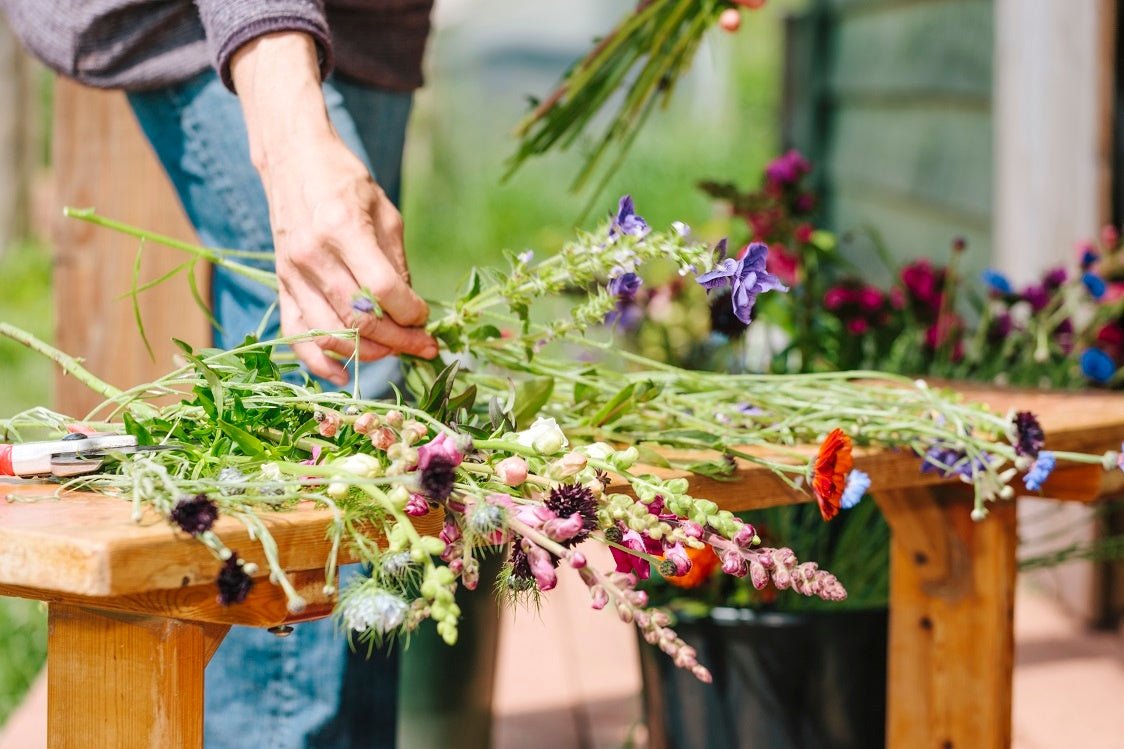
How to Grow an Organic Cut Flower Garden
I love flowers. I can’t get enough of them in my life. But to have constant bouquets in the house, I’d have to demolish the beauty of my flower beds. The only answer is a separate bed, or beds, specifically for cutting flowers.
nnn
Tags:
I love flowers. I can’t get enough of them in my life. But to have constant bouquets in the house, I’d have to demolish the beauty of my flower beds. The only answer is a separate bed, or beds, specifically for cutting flowers.
It’s possible to have fresh flowers for most of the year, from the bulbs in spring to late blooming perennials in fall.
First find a sunny, spacious area. Put your cutting bed close to your organic vegetable garden, if possible, for convenience of watering and fertilizing. For ease of harvest, cutting beds don’t need to be as wide as vegetable beds. Make beds 2’ wide and as long as you can. There should be enough room between them for you to maneuver with a bucket and/or wagon.
Plan on installing drip irrigation, because overhead watering will ruin the flowers. Add compost and an organic, slow release flower fertilizer to the beds. You may want to stake tall varieties.
Grow flowers you love! Choose a variety of colors, sizes, heights, and textures. Think bold, delicate, and fragrant, and be sure to grow greens and fillers, too.
If you are a beginner, start small and with annuals. Some of the best are:
If you want to grow perennials, try these:
Annuals
- Zinnias
- Ageratum
- Snapdragons
- Salvia
- Agrostemma
- Cosmos
- Carnations
- Sunflowers
- Sweet Peas
- Statice
- Bachelor Buttons
- Celosia
- Nicotiana
- Asters
Cut Flowers
- Lilies
- Rudbeckia
- Echinacea
- Delphiniums
- Peonies
- Chrysanthemum
- Phlox
- Liatris
- Scabiosa
- Feverfew
Bulbs
- Daffodils
- Tulips
- Dahlias (although they can also be grown from seed)
- Gladiolas
- Irises
- Crocosmia
- Alstroemeria
Greenery and filler
- Dusty Miller
- Coleus
- Ferns
- Ornamental cabbage
- Artemesia
- Gypsophila
Would you like to be the first to hear about our new products and more? Sign up for our Nature’s Path Newsletter.







